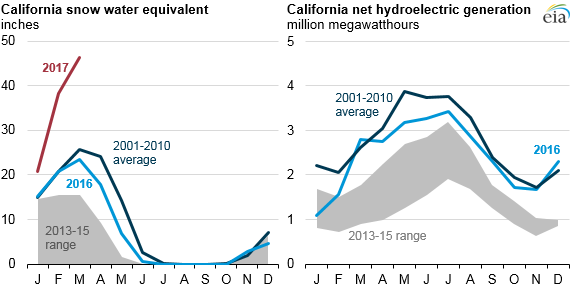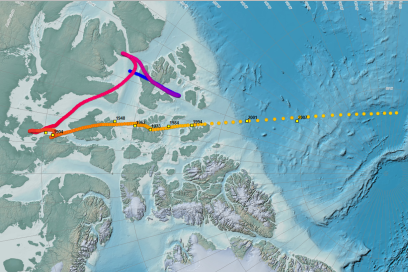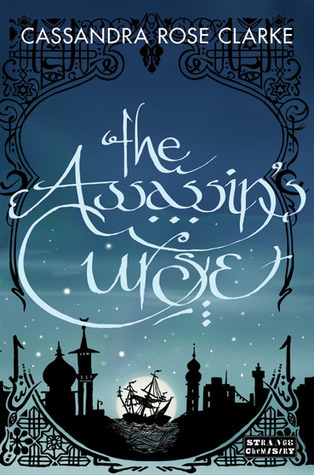JUSTIN GILLIS NOV. 28, 2015 gave his answers to 16 questions in the N.Y. Times regarding Climate Change. This Climate realist added his answer.
Answers to Question 1: How much is the planet heating up?
Answers to Question 2. How much trouble are we in?
Answers to Question 3. Is there anything I can do?
Answers to Question 4. What’s the optimistic scenario?
Answers to Question 5. Will reducing meat in my diet help the climate?
Justin Gillis answer to Question 6. What’s the worst-case scenario?
There are many.
That is actually hard to say, which is one reason scientists are urging that emissions be cut; they want to limit the possibility of any worst-case scenario coming to pass. Perhaps the greatest fear is a collapse of food production, accompanied by escalating prices and mass starvation. Even with runaway emissions growth, it is unclear how likely this would be, as farmers are able to adjust their crops and farming techniques, to a degree, to adapt to climatic changes. Another possibility would be a disintegration of the polar ice sheets, leading to fast-rising seas that would force people to abandon many of the world’s great cities and would lead to the loss of trillions of dollars worth of property and other assets. Scientists also worry about other wild-card scenarios like the predictable cycles of Asian monsoons’ becoming less reliable. Billions of people depend on monsoons to provide water for crops, so any disruptions could be catastrophic.
My answer to Question 6. What’s the worst-case scenario?
CO2 concentration is rising at an unprecedented rate, more than half a percent per year, an order of magnitude faster than the CO2 rise coming out of the ice age. The Arctic ice cap just showed a record low maximum, and the Antarctic ice cap was recently at a new low since measurements began. So why am I not worried?
Well, I am, but not for the reason you think. What we are seeing is the rain-out after the last el-nino. But not only that, we are in a general cooling trend which the rain-out is masking. Let me explain.
This winter the Arctic was about 12 degrees F warmer than normal on average with a spike of 30 degrees F warmer than normal, well documented. What happened? There came one storm after another all the way from the Philippines or China and caused record rain and snowfall in California.
 So much for California’s “unending drought”.
So much for California’s “unending drought”.
Then  the storms went over the West, picked up more moisture from the Mexican Gulf and went up the East Coast, rained in the North Atlantic and snowed out in the Arctic and Greenland. The picture on the right shows just much it has snowed this winter over Greenland, a record snow accumulation so far. And it is concentrated to East Greenland while North and West Greenland had normal snowfalls. The storms went up through Iceland and it rained as far north as Svalbard, preventing the Barents Sea from freezing, but delivering so much snow to the rest of the Arctic that the ice accumulation was near normal in spite of the unusually warm winter.
the storms went over the West, picked up more moisture from the Mexican Gulf and went up the East Coast, rained in the North Atlantic and snowed out in the Arctic and Greenland. The picture on the right shows just much it has snowed this winter over Greenland, a record snow accumulation so far. And it is concentrated to East Greenland while North and West Greenland had normal snowfalls. The storms went up through Iceland and it rained as far north as Svalbard, preventing the Barents Sea from freezing, but delivering so much snow to the rest of the Arctic that the ice accumulation was near normal in spite of the unusually warm winter.
Come spring Arctic temperatures will be lower than normal, as they have been the last two years snow melt will go slower than normal, and there will be more multi-year ice than the year before. Worldwide temperatures will no longer get the boost they got from the unusually warm winter, so the “18 year pause” will be back, now as a 19 year pause.
What worries me are a number of factors, all leading to a new ice age much faster than what can be expected even with our best efforts to increase the CO2 level.
The next solar cycle, cycle 25 will be weaker than predicted, surpassing even the Maunder minimum. The Maunder minimum coincided with the little ice age.
 The earth’s magnetic field is starting to act erratically. The magnetic north pole is speeding up and is now way up in the Arctic, near the North pole. The chart on the right shows the observed north dip poles during 1831 – 2007 as yellow squares. Modeled pole locations from 1590 to 2020 are circles progressing from blue to yellow. In addition the magnetic field is getting substantially weaker, maybe a breakup is possible having two North Poles and two South Poles. If this occurs, the protection from the cosmic radiation from the Sun will be weakened, causing more clouds and maybe trigger the next ice age.
The earth’s magnetic field is starting to act erratically. The magnetic north pole is speeding up and is now way up in the Arctic, near the North pole. The chart on the right shows the observed north dip poles during 1831 – 2007 as yellow squares. Modeled pole locations from 1590 to 2020 are circles progressing from blue to yellow. In addition the magnetic field is getting substantially weaker, maybe a breakup is possible having two North Poles and two South Poles. If this occurs, the protection from the cosmic radiation from the Sun will be weakened, causing more clouds and maybe trigger the next ice age.
Then there is the double star KIC 9832227. They are only 1,800 light-years away, are an eclipsing binary pair, which means as they revolve around one another, each one briefly blots out the other from the perspective of a viewer on Earth. In 2021 or 2022 we will see them merge into one causing a red supernova. When this happens, because they are so near, we may even observe gravity waves. But from a climate standpoint there will be a burst of cosmic radiation, first the gamma rays clming at the speed of light, then with a slight delay the other cosmic radiation, coming at a time of the solar minimum and an unusually weak earth magnetic field.
This is new territory, and the best we can do is to increase CO2. It will not help much, but CO2 will help rather than hurt.
Then there is always the possibility of a supervolcanic explosion spewing ash way up into the stratosphere.
And for people who want to worry, don’t forget supersized meteorites!
All these worst case fears lead to a cooling earth.
On the other hand, the Sun is heating up at a rate of about 1% per 100 million years, not enough to worry about.
Share this:




